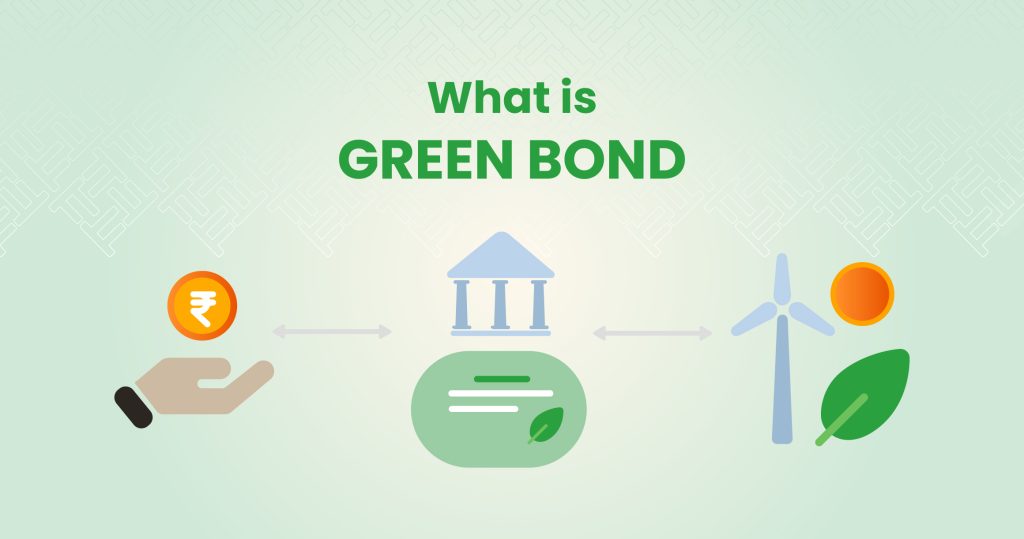What exactly is a green bond?
The Council uses the term “European Green Bond” for environmentally sustainable bonds. These are all fixed-rate bonds that can be used to finance specifically environmentally friendly and climate change-related projects. The Green Bond is a key instrument for green technology, sustainable transport and research infrastructure, energy, and resource efficiency.

Advantages in the market:
- Increases transparency
- Reduces the risk of greenwashing
- Directs more money into carbon-neutral and less polluting technologies and production processes
- Requires emitters to demonstrate financing of green projects in line with EU taxonomy
The key tool for green technologies
The Commission submitted the first European proposal for a global bond standard for environment and sustainability on 6 July 2021, which was adopted by the Council on 23 October 2023. This brings the world one step closer to implementing the EU strategy to finance the transition to a climate-neutral, resource-efficient economy.
The new regulation will bring even greater consistency and comparability to the green bond market, to the mutual benefit of issuers and the investors who buy them. Issuers will be able to demonstrate that they are financing compliant green projects in line with the EU taxonomy. As a result of a framework that reduces the risks of greenwashing, investor confidence in green investments will be boosted, ultimately encouraging capital flows to environmentally sustainable projects.
There are currently 145 green bond issuers, representing 1/3 of global issuers.
Sources and references:
https://www.consilium.europa.eu/hu/infographics/2023-10-23-european-green-bonds




